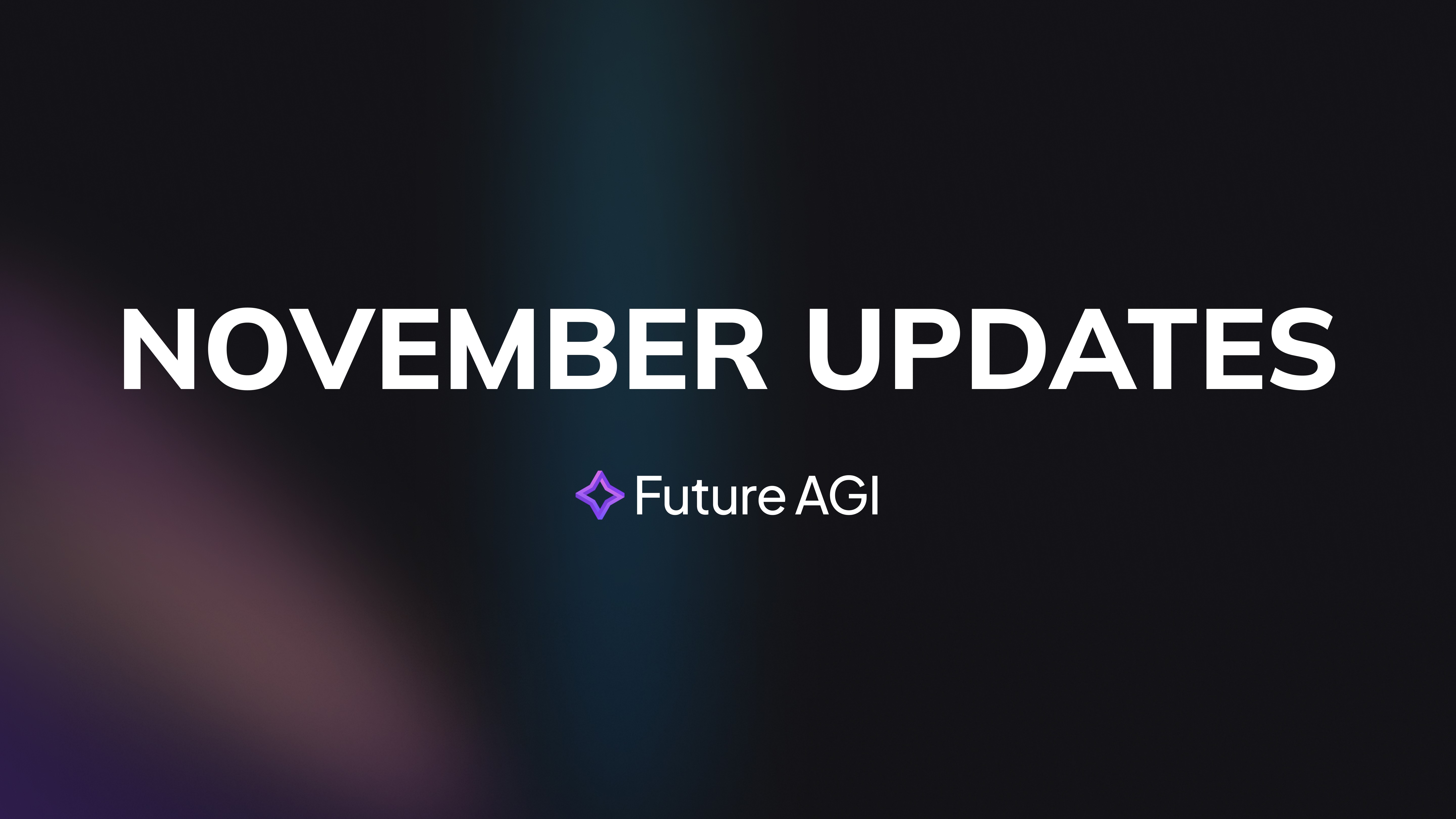Introduction
Today’s businesses and organizations deal with tones of textual data for analysis. The amount of content is massive, ranging from mails and reports to research papers and legal documents. It's quite difficult to manage, process and make sense of this information manually. Yet, with the advent of document summarization using LLM (Large Language Model) , things have become much easier. This transformative approach is changing the way documents are filed.
What Is Document Summarization Using LLM?
The term "Document summarization using LLM" refers to the use of large-scale artificial intelligence models to automatically extract key information from long document and condensing it into short summaries. This process enables a reader to understand the full detail of a document without necessarily reading it. Because of increased evolution of AI, processes like natural language processing (NLP) allow models to understand context, relevance, and intent.
AI document summarization has become possible due to capabilities of docs summarization by LLMs like GPT-3, GPT-4, Claude. They make use of countless training data and complex algorithms to imitate human-level language comprehension and processing language.
The Need for Intelligent Document Management
Today's organizations work in a setting where quick access to relevant information is important. Since Terabytes of data are generated daily, the older way of going through documents can no longer stand. This is where LLMs powered automatic text summarizer tools come in handy. They help in.
Reducing the time spent on document review
Enhancing productivity
Improving decision-making
Supporting compliance and regulatory adherence
For instance, legal firms can quickly understand case files, and healthcare providers can summarize patient histories or research papers.
How LLMs Perform Document Summarization
The process of document summarization using LLM involves several key steps:
Input Processing: The full document is tokenized into manageable segments.
Understanding Context: LLMs use context windows to understand the flow and structure of the document.
Content Extraction: Key points are identified using summarization algorithms.
Summary Generation: A coherent and concise summary is generated.
Certain LLMs can be refined on particular documents, e.g., law contracts or scientific papers. This enhances the summaries relevant to them and their accuracy.
Types of Summarization
Large Language Models (LLMs) provide two main summarization types of summarization techniques that may be used for two different outcomes depending on the eventual objective and content. There are two types of summarization: extractive and abstractive.
5.1 Extractive Summarization:
This method involves the selection and collection of key sentences/phrases from the original text. With extractive summarization, relevant sections are identified and put together for a concise and accurate summary of text, audio or video content. Thus, the summary does not change any of the original wording. This is useful for legal, technical, or academic documents where accuracy is crucial.
5.2 Abstractive Summarization:
Unlike extractive summarization, abstractive summarization creates entirely new sentences that convey the same meaning as the source text. In the future, the model may upgrade to paraphrase input text instead of simply repeating it. As a result, it will enhance the naturalness. Typically, this looks like how humans summarize text, yielding a more cohesive output than the human in question.
Additionally, advanced LLM text processing features greatly enhanced both methods. Modern language models understand context and use language flexibility. So, they write grammatically correct summaries with coherence. As a result, these summaries are contextually rich and meaningful. Users get better summaries, retaining the message but clearer and more coherent when they use it.
Benefits of LLM in Summarization
There are numerous benefits of LLM in summarization, including:
Efficiency: Reduces time and resources spent on manual reviews
Consistency: Delivers uniform summaries across multiple documents
Accuracy: Enhances understanding by highlighting the most relevant content
Scalability: Easily handles thousands of documents at once
With the help of machine learning in text summarization, these models continue to learn and adapt, improving their performance over time.
Real-World Applications
The impact of document summarization using LLM is visible across various sectors:
7.1 Legal Industry:
LLMs can summarize legal documents, such as contracts, case laws or citations in seconds. The reduced time taken, and more bird-eye view summaries speed up case analysis and contract reviews significantly. Law firms, like Allen & Overy, use technology that automatically interprets legal briefs and pulls out underlining arguments. Thus, allowing them to decide quicker.
7.2 Healthcare:
In the medical field, LLMs summarize patient records, clinical notes, and research studies, saving valuable time for practitioners. As an example, platforms such as IBM Watson Health use AI to assist doctors in reviewing case histories and suggesting potential treatment options based on summarized clinical evidence.
7.3 Education:
By condensing academic research papers and learning materials, LLMs simplify complex information for students and teachers. One use of summarization is ScribeNote, an educational tool offering summaries of chapters in your textbook and transcripts of lectures.
7.4 Finance:
In financial services, LLMs help in extracting actionable insights from financial reports, earnings call and market analysis. Organizations such as Bloomberg have started using AI systems to produce executive summaries of financial news and reports. It helps overcome hurdles to quickly take crucial investment decisions, manage risks, etc.
7.5 Customer Support:
Customer service teams use LLMs to summarize long tickets and chat logs to resolve quickly and increase agent productivity. Like many generative AI tools, Zendesk AI also makes use of summarization, where overall summary of the conversation is given. This would help the agent in answering the customer more effectively.
On top of that, LLM for text analysis has enabled companies to understand sentiment, tone, and relevance which adds another level of intelligence in document management.
Integrating LLMs into Document Management Systems
Many businesses are embedding LLMs into their current document management systems. The user can access information quickly with the help of real-time document summarization using LLM and classification.
For instance, when a new document is uploaded, an automatic text summarizer can create a summary instantly. From there, users can choose to read the entire document or not. This feature saves time and improves the overall usability of the system.
GPT-3 Summarization Techniques
GPT-3, one of the popular LLMs, has summarization capability. The summarization techniques of GPT-3 apply few-shot learning or zero-shot learning, wherein the model generates summaries by taking few prompts. Through prompt engineering developers can enhance the quality of summaries.
They offer API integrations that make it easy to implement GPT-3 summarization in your apps, websites, and tools.
Optimizing Content with LLMs
Content optimization is another key benefit of document summarization using LLM. What LLMs can do for Content Creators, Marketers and SEOs:
10.1 Creating Meta Descriptions:
LLMs can produce short and powerful meta descriptions automatically, precisely summarizing the page content. When your web site is ranked higher, it will boost your SEO performance and there are more chances of clicking. For example, a meta description made by AI can make a 1,500-word blog post into a 155-character description that entices people to click.
10.2 Summarizing Blog Posts:
Rather than expecting readers to go through lengthy articles, LLMs can produce brief, digestible summaries that highlight the main ideas. This is particularly useful for newsletters, content previews, and social media sharing. As a result, audiences can quickly determine the relevance of the content, which boosts engagement rates.
10.3 Generating Key Takeaways:
Reports, interview excerpts or tutorials can be summarized into bullet points with LLMs. This features helps reader remember key messages and supports knowledge transfer. For example, 5–7 only words may make it simpler to absorb the more essential points of a lengthy whitepaper for executives or a busy audience.
10.4 Drafting Executive Summaries:
LLMs can produce polished executive summaries for business documents, presentations, or research findings, capturing the essence of the content in a professional tone. These summaries are appropriate for decision-makers to swiftly gauge the value or implications of the document without fully reading it.
Optimizing your content using LLMs is useful as it helps your readers easily understand it.
The Future of NLP Document Summarization
As Natural Language Processing (NLP) technology gets more robust by the minute, NLP document summarization continues to promise ever-greater power. As GPT-4, Claude and Gemini, the cutting-edge language models, are evolving at a fast pace, we are taking a step away from static, simple page summarization. We are moving towards dynamic, adaptive and intelligent systems. The enhancements will not only aid the summaries, they will also allow applications for a wider chunk of industries.
Here are some exciting directions we can expect:
11.1 More Accurate Summaries:
Future LLMs will generate far more accurate summaries that will understand nuances, context, tone, and intent much better. For example, GPT-4 and later will know which part is the legal disclaimer, which is the editorial commentary, and which is fact, in a paper, so that the summarizations aren’t just correct, but also reliable and worthwhile.
11.2 Multilingual Summarization:
As models become multilingual, they will be able to summarize documents in the same language without losing context. Multicultural research teams, global businesses and international legal teams will benefit from this. Picture this: a research paper that was originally written in Japanese can, within seconds, be accurately summarized in English for a scientific team based in America.
11.3 Better Context Retention:
We can expect models in the future to remember things in longer documents or even multiple documents. That will allow them to summarize books, case files, or project reports without omitting important relationships or references. For instance, legal teams can utilize an LLM to summarize litigation narratives of several years, keeping track of the chain of events and key decisions.
11.4 Voice-to-Text Summarization:
Increased speech recognition and natural language processing integration will enable seamless voice-to-text summarization. This will help areas like healthcare where doctors can dictate notes on their patients and receive a summary in real-time. Likewise, reporters would be able to create transcripts and summaries of interviews more quickly through real-time recording.
Moreover, advancements in LLM text processing will allow models to understand even more complex documents, such as blueprints or legal statutes.
Conclusion
In short, document summarization using LLM is changing the way we handle information. The shift in industry trends is being driven by LLMs which develop smarter decisions. If you’re a business owner, a business researcher or whichever, one of the best benefits of using AI document summarization is that it can be your greatest asset.
Organizations can unleash the power of their data by utilizing technologies such as LLM for text analysis. Though there are now challenges to consider, there are now more benefits. In the future, the amalgamation of machine learning in text summary and summarization algorithms will reinvent document management.
If you still haven’t started to use the automatic text summarizer, now’s the time for you to get on this groundbreaking innovation and see how it will ease your workflows and improve your results.
Discover the Future of AI-Powered Meeting Summarization
Maximize your meetings power with Future AGI Intelligent Evaluation Framework. Our solution, powered by LLM, provides meeting summary in real time to help decision making and enhances productivity. Check out how the top organizations are changing the way they work on our Meeting Summarization Customer Page. Ready to elevate your business with smarter AI tools? Check out Future AGI now and see the future of intelligent automation.
FAQs











